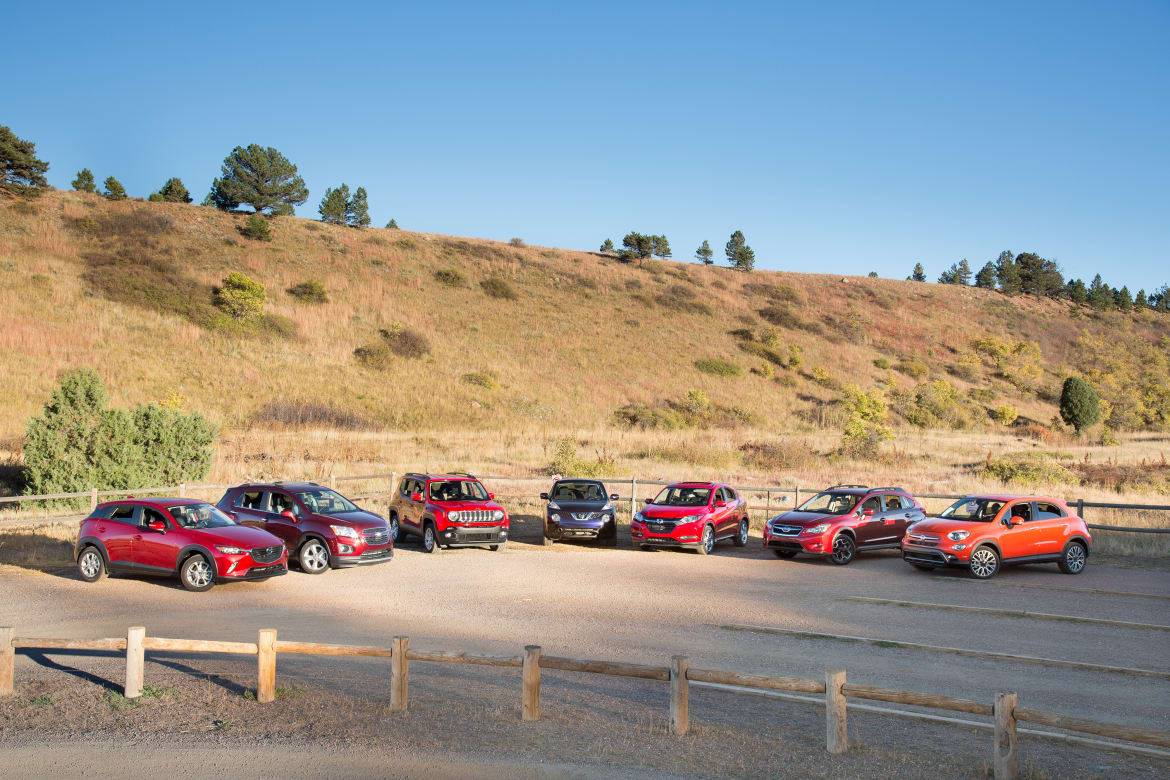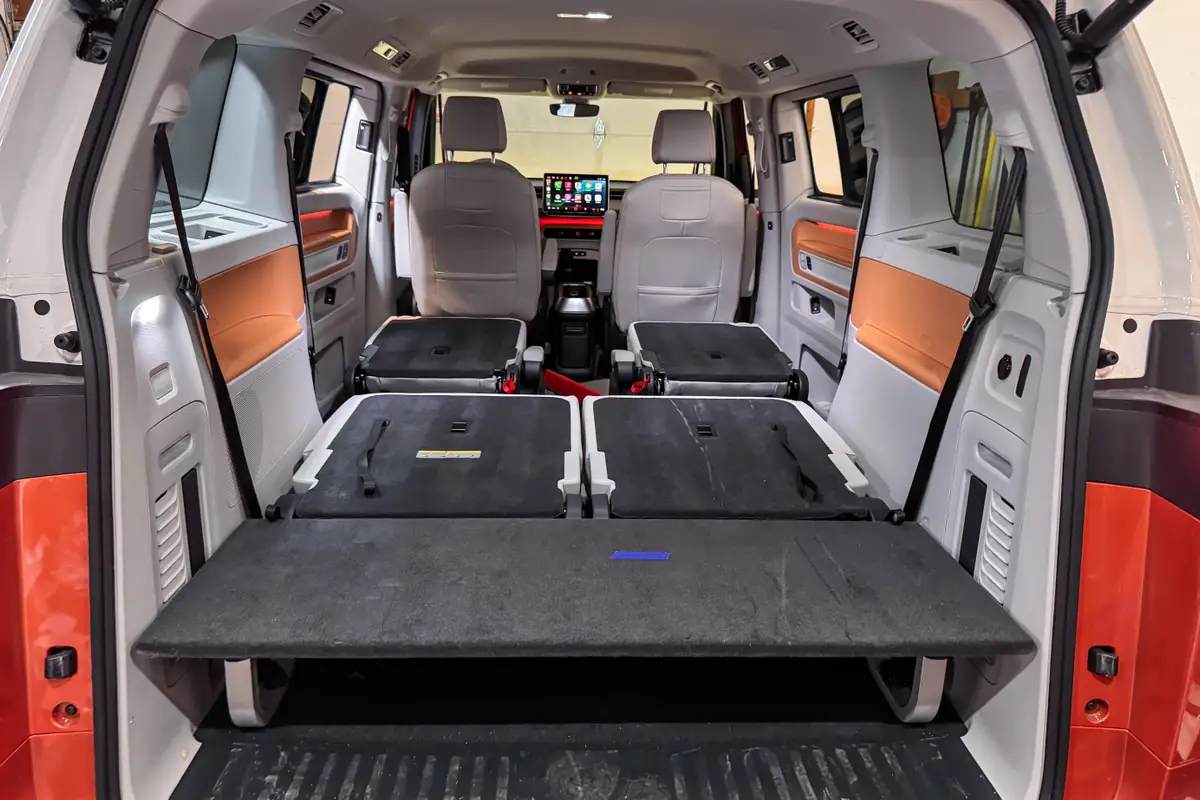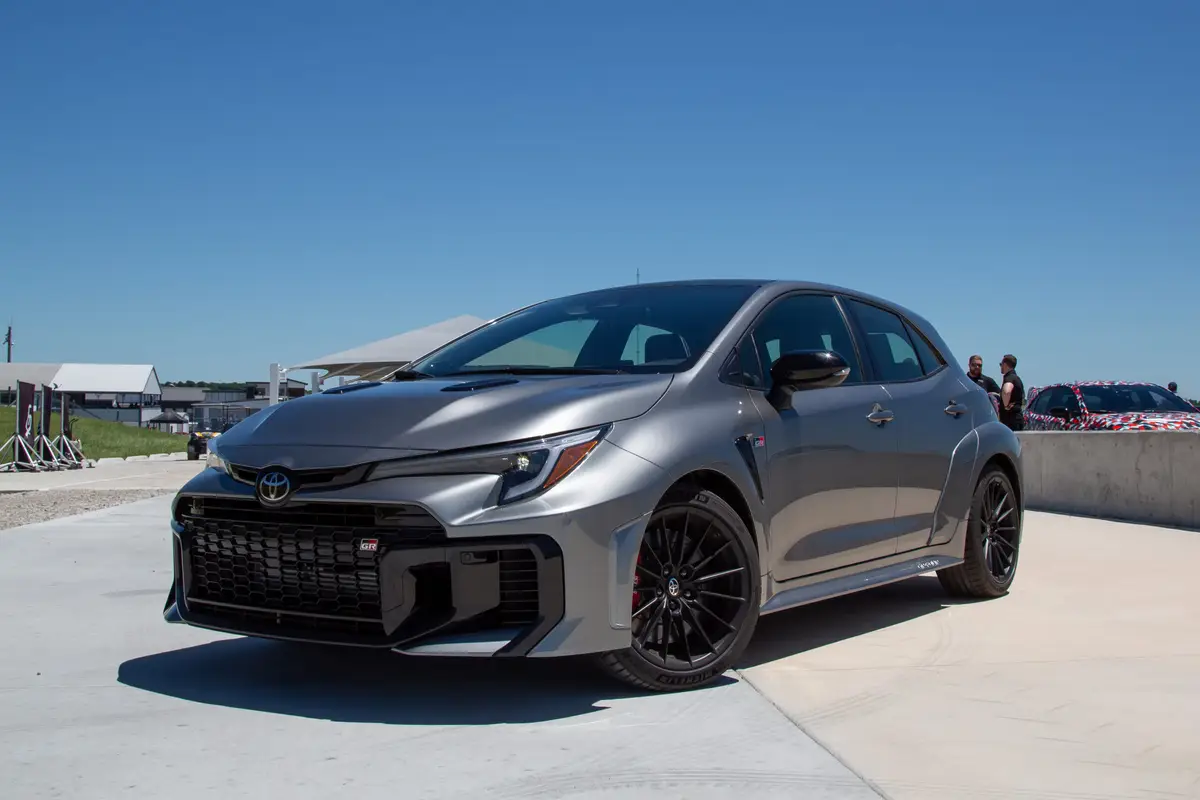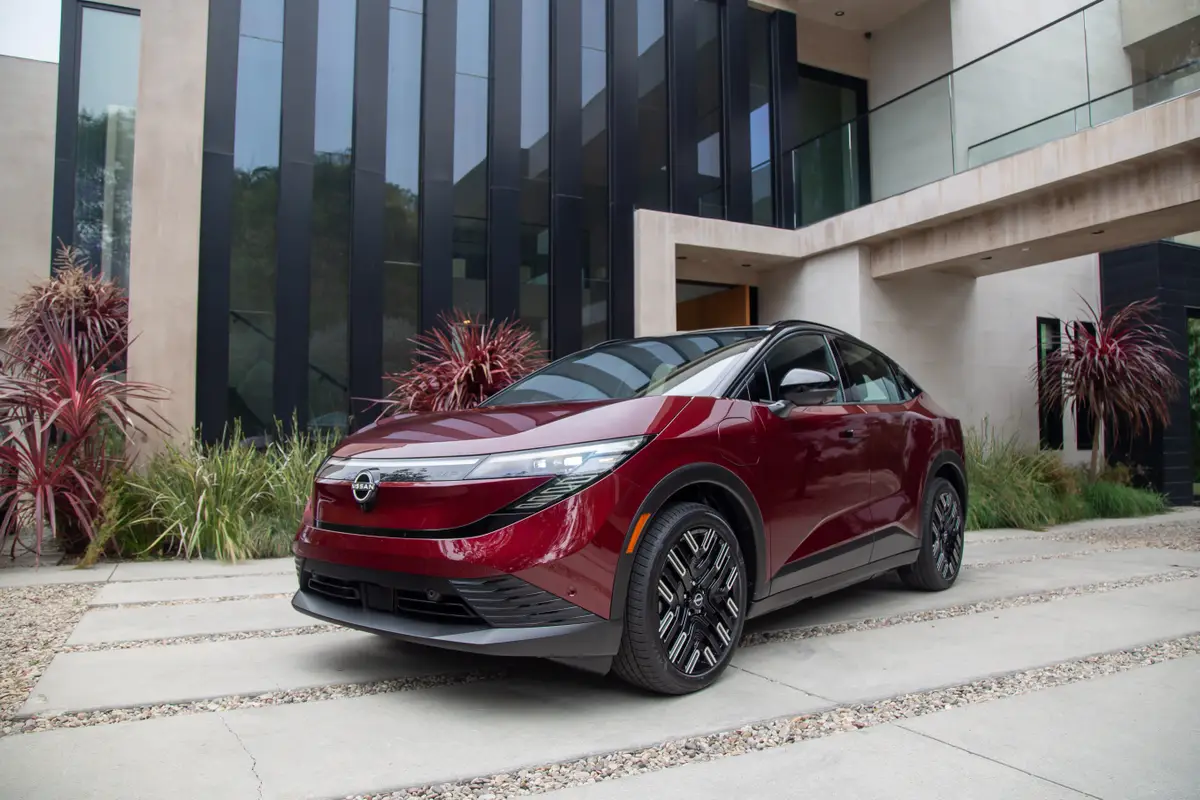Subcompact SUVs: What to Expect


When you think of SUVs, chances are you think of big, floaty truck-based behemoths, something that seats up to eight people and can tow a boat up a mountain or traverse the wilds of your local mall parking deck with a full brood of offspring aboard. That classic idea got a remake after the gas-price shocks of the last recession, when automakers turned their front-wheel-drive midsize cars into high-riding hatchbacks and called them crossovers.
The Subcompact SUV Challenge
Results | What to Expect | Mileage Test
There’s a new crop of SUVs in town, however, and they’ve seemingly appeared overnight: the subcompact SUV, a tiny little thing, based on front-wheel-drive subcompact-car platforms. They can’t tow boats. They can’t carry a big family to the mall. None can seat more than five people, and some can barely fit more than two. They do get decent fuel economy; they don’t require a second mortgage to purchase, and they fit in spots that their bigger brethren couldn’t. And one or two of them can still climb that mountain.
What should you expect from this category? You’ll get a four-cylinder-powered front-wheel-drive model, oftentimes with a fairly advanced turbocharged engine, but always making less than 200 horsepower. These definitely aren’t the beasts that midsize and full-size SUVs are, and you can feel that when you press the accelerator. The tradeoff is considerably better mpg. All-wheel drive is typically available, with one or two models like the Jeep Renegade offering a more sophisticated 4×4 system that actually can climb trails and ford streams. Manual transmissions can be had in some models, but six- to nine-speed automatic transmissions or continuously variable automatic transmissions are the norm.
Inside, you’ll find seat belts for five passengers, but typically only adequate room for four, and in some cases that’s stretching it, with cramped backseats in models like the Mazda CX-3 and Nissan Juke. And despite the category being labeled as SUVs, only some of them offer the higher seating position one expects with such vehicles; several make you sit low in the vehicle, and have low roofs as well, making them more subcompact wagons than actual SUVs. Cargo room is similarly compromised, with some models offering decent space and some focusing instead on passenger room, coming up short on luggage capacity.
As for amenities, the trend toward putting high-tech equipment and comfort amenities in the low-end models continues into this category. You can get navigation, premium audio systems, leather interiors and advanced safety systems such as blind spot warning, parking sensors, and even automatic cruise control and autonomous braking. Nearly all the amenities can be found on these diminutive truck-lets that can be had on the bigger SUVs.
While the amenities are similar, subcompact SUVs are a shadow of the traditional SUV, and you should understand what you get, and what you lose, before you choose.

Detroit Bureau Chief Aaron Bragman has had over 25 years of experience in the auto industry as a journalist, analyst, purchasing agent and program manager. Bragman grew up around his father’s classic Triumph sports cars (which were all sold and gone when he turned 16, much to his frustration) and comes from a Detroit family where cars put food on tables as much as smiles on faces. Today, he’s a member of the Automotive Press Association and the Midwest Automotive Media Association. His pronouns are he/him, but his adjectives are fat/sassy.
Featured stories




